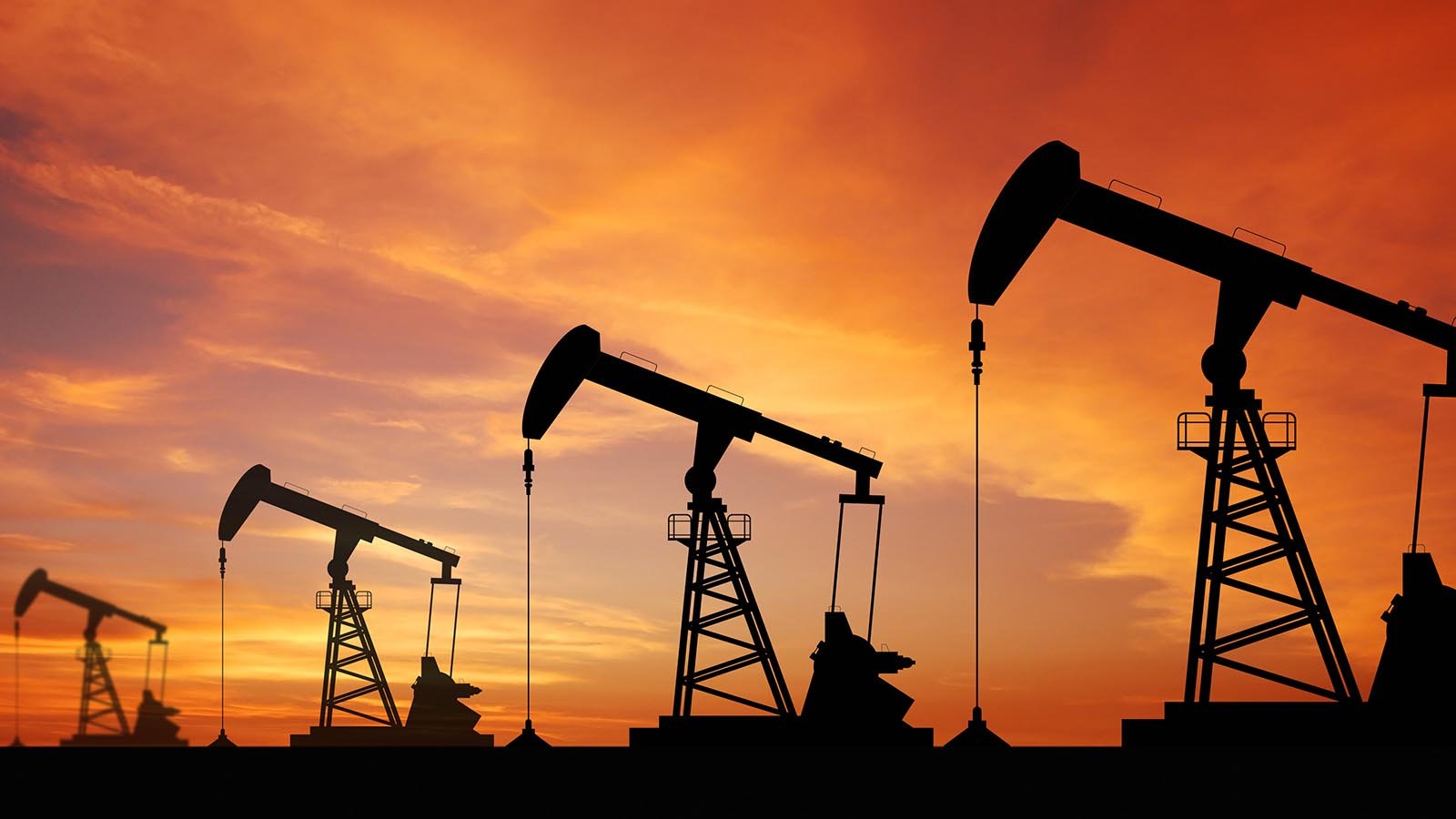There has been quite a shift in the energy markets, even before the pandemic turned the world upside down. As such, there are plenty of reasons to avoid energy stocks that just aren’t what they used to be.
In 2019, oil hit nearly $63 a barrel. But it had been on a long downward trend since 2014, when it was trading over $100 a barrel. Now it sits around $41 a barrel on a good day.
The point is, there have been plenty of challenges in the energy markets before Covid-19. Now a global economic slowdown has weakened supply, and this second wave of the pandemic may well knock the remaining optimism out of some energy stocks.
Also, there’s a huge move into ESG (environmental, social, and governance) investing, which means alternative energy stocks are getting a lot of backers in the markets today, rather than the blue-chip energy companies of the past.
The six big-capitalization energy stocks to avoid heading into 2021 are a “who’s who” of the big names that have dominated the oil and gas industries for decades. But their status is fading. They may not disappear, but it’s likely they’ll be a shadow of themselves by the time the next decade begins.
- BP PLC (NYSE:BP)
- ConocoPhillips (NYSE:COP)
- ENI SpA (NYSE:E)
- Petro Brasileiro (NYSE:PBR)
- Royal Dutch Shell (NYSE:RDS.B)
- ExxonMobil (NYSE:XOM)
Energy Stocks to Avoid: BP PLC (BP)

It’s pretty amazing to see this company that was one of the pioneers of the global oil industry with negative earnings, trading close to its 52-week lows and yielding a gigantic 6.2%.
That massive dividend is an indication of the troubles the stock has had. It’s down 42% year to date. And it has its cheerleaders, noting that its cash flow is improving. But the optimism in the markets regarding vaccines and a quick comeback in 2021 are looking more like hopes than reality.
Plus, the U.S. is a big energy consumer, and with the pandemic ravaging much of the nation, it looks like demand may be hit hard for another quarter or two, especially since no stimulus plan is going to get through Congress when there’s no leadership from the White House.
Like other big-cap energy companies, BP has made a pivot toward renewable energy technologies, but others are moving quicker and have much better ESG profiles.
ConocoPhillips (COP)

Tracing its roots back to 1875, you would think that ConocoPhillips has seen plenty in its time. And it has. But oil and natural gas have always been the fuels for the U.S. economic engine.
That’s what we’re talking about here. A significant change in the way that we consume and produce energy.
Certainly, COP will remain a major player since the world isn’t going to stop using natural gas or oil overnight. But if you want a comparison, look at the fate of King Coal. Once a major fuel, now it’s disappearing from use and not even favorable policies out of Washington have saved it.
COP stock is down over 30% in the past year, and it has a 4% dividend, which may well be safe. But you’re just treading water at best if the stock stalls or goes lower.
ENI SpA (E)

One of Europe’s big energy companies, Eni is based in Italy and is as vertically integrated as the bigger U.S. names that you may better recognize.
The company has been adding to its renewables portfolio and also has electricity operations. Its European heritage gives it access into markets that other big U.S. players don’t have. And it currently operates in 66 different countries.
But in a pandemic, a global footprint doesn’t offer the advantages it would in a typical economic downturn. Eni’s diversification offers no hedge against a lack of demand.
The stock is down 33% year to date and has a 2.8% dividend. Again, the dividend is likely safe, but it’s not going to make up for the downside risk in the stock if 2021 is as messy as most of 2020.
Petro Brasileiro (PBR)

Usually, an integrated oil company — a company that does the upstream (exploration and production), midstream (pipelines) and downstream (refining and retail) — has more control over its destiny. It can shut down money-losing streams and concentrate on the streams that are producing better returns.
That works, unless all the streams aren’t working. And there’s a pandemic raving your country. And your country is in the midst of a crippling recession before the pandemic even hit.
That’s what PBR is dealing with right now.
The stock is down 37% year to date, and its 3.9% dividend isn’t even tempting given all the risk that’s wrapped up in the country and the business right now.
Royal Dutch Shell (RDS.B)

As an Anglo-Dutch business, Shell has been looking to diversify its heavy oil and natural gas footprint for many years. Along with renewables investment, the company is also looking into hydrogen, electric-vehicle (EV) charging stations and electrical distribution.
The hydrogen and charging stations could be very interesting, given RDS.B’s retail footprint around the world. Hydrogen filling stations are the greatest challenge for hydrogen-powered cars. And there aren’t any significant commercial charging stations for EVs yet. This is a logistical problem that has yet to be solved, and Shell may have an interesting opportunity.
On the stock side, RDS.B has already cut its dividend by two-thirds, which helped its Q3 numbers. And the fact is, the dividend is still above 4%, which is likely safe at this point.
However, the stock is down 41% year to date, so that generous remaining dividend is mooted. Its reinvention is going to take a while, and its current headwinds are still blowing.
ExxonMobil (XOM)

The big boy on the block is a shadow of its former self at this point. It’s still a massive company, with a $175 billion market cap. But this global energy player is going to have to find a good place to pivot.
XOM has done a lot of work in carbon-capture technologies as well as synthetic fuels. It’s working on its green technologies, but its bread and butter is oil and natural gas. The challenge is, even if it’s one of the few big oils left standing over the next decade or so, its best days may be over, as the world switches to new, cleaner, more efficient technologies.
The stock is down over 40% in the past year and has a 8.8% dividend. But similarly to what we’ve seen with RDS.B, if conditions don’t improve for oil and gas demand soon, that dividend may be cut.
On the date of publication, Louis Navellier has no long positions in any stocks in this article. Louis Navellier did not have (either directly or indirectly) any other positions in the securities mentioned in this article.
The InvestorPlace Research Staff member primarily responsible for this article did not hold (either directly or indirectly) any positions in the securities mentioned in this article.
Louis Navellier had an unconventional start, as a grad student who accidentally built a market-beating stock system — with returns rivaling even Warren Buffett. In his latest feat, Louis discovered the “Master Key” to profiting from the biggest tech revolution of this (or any) generation.
